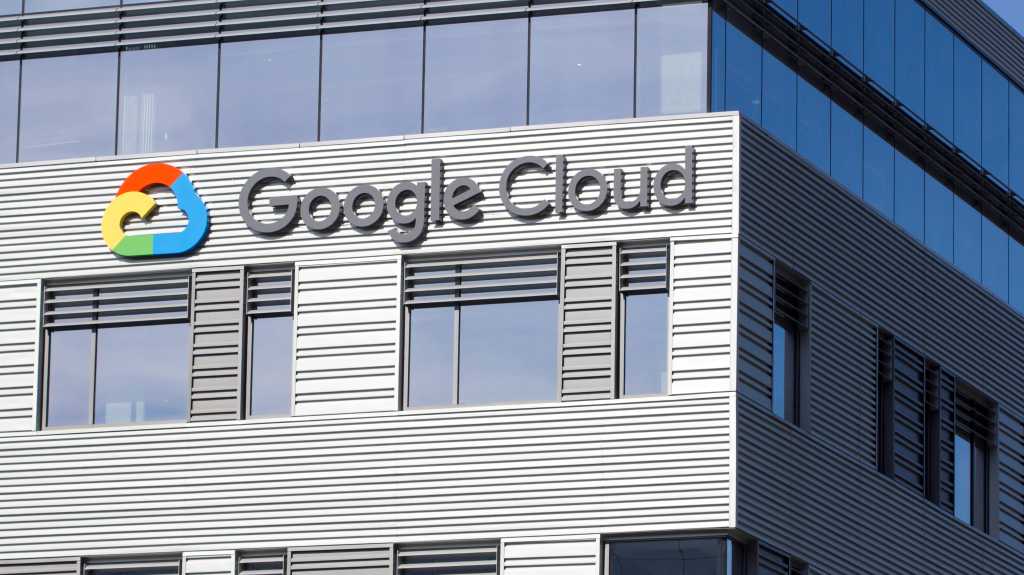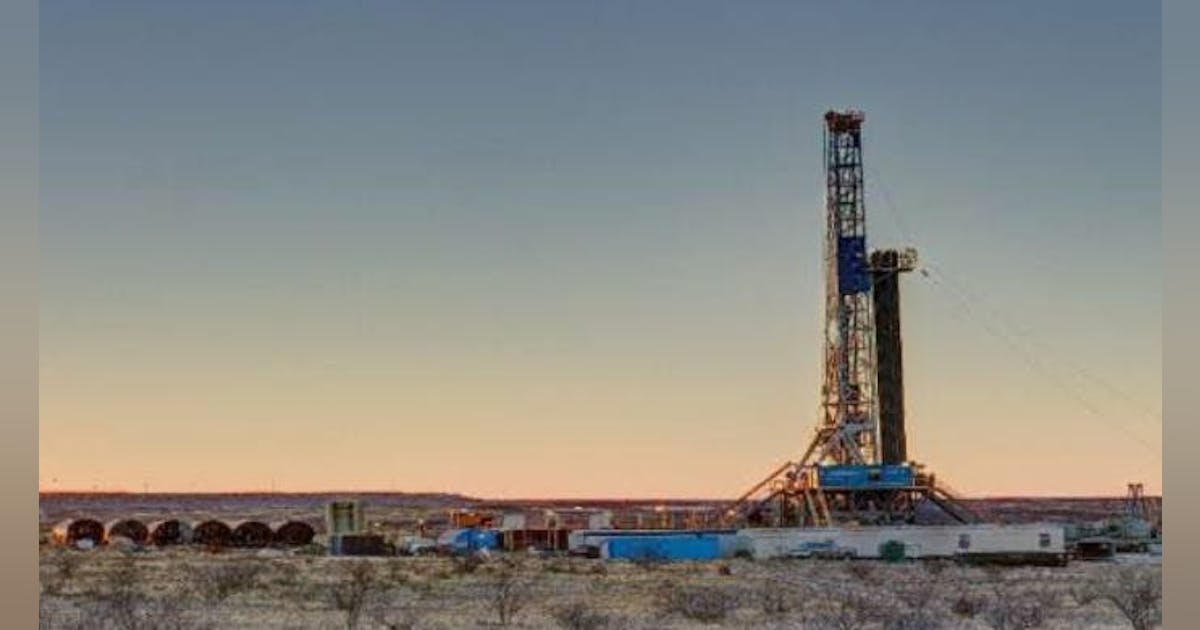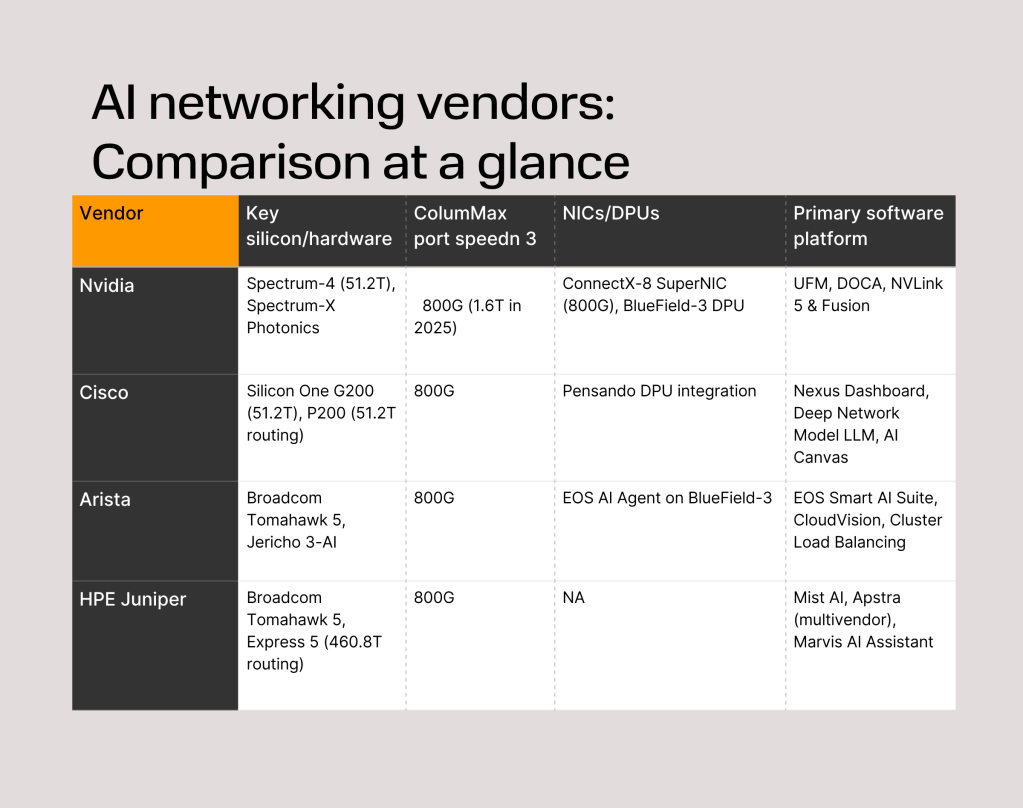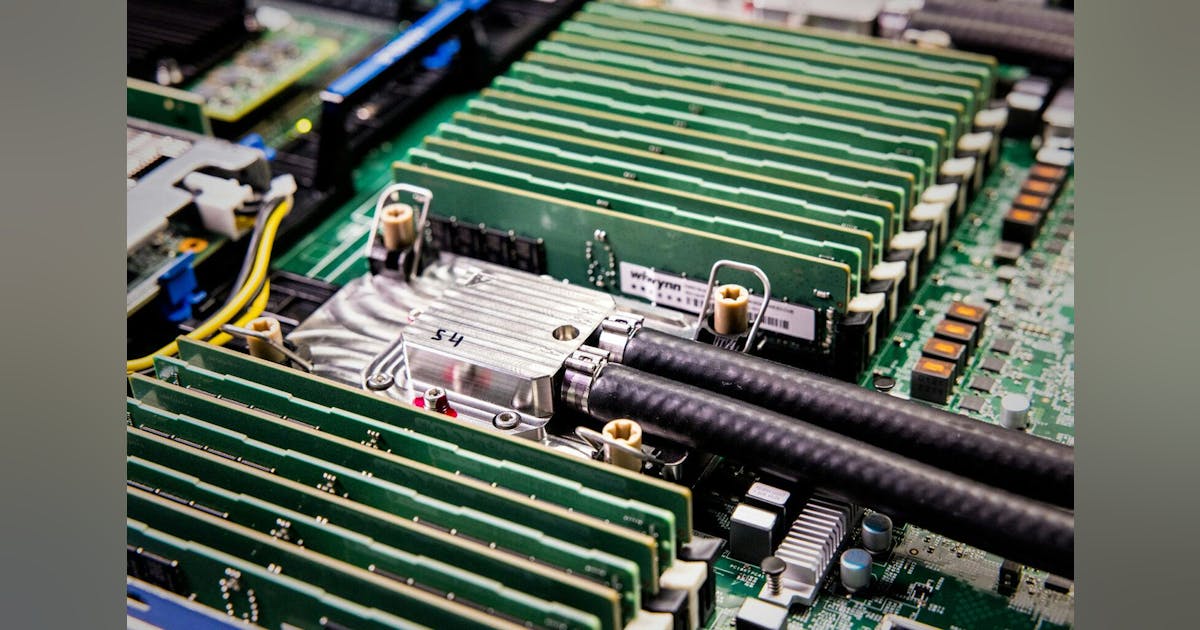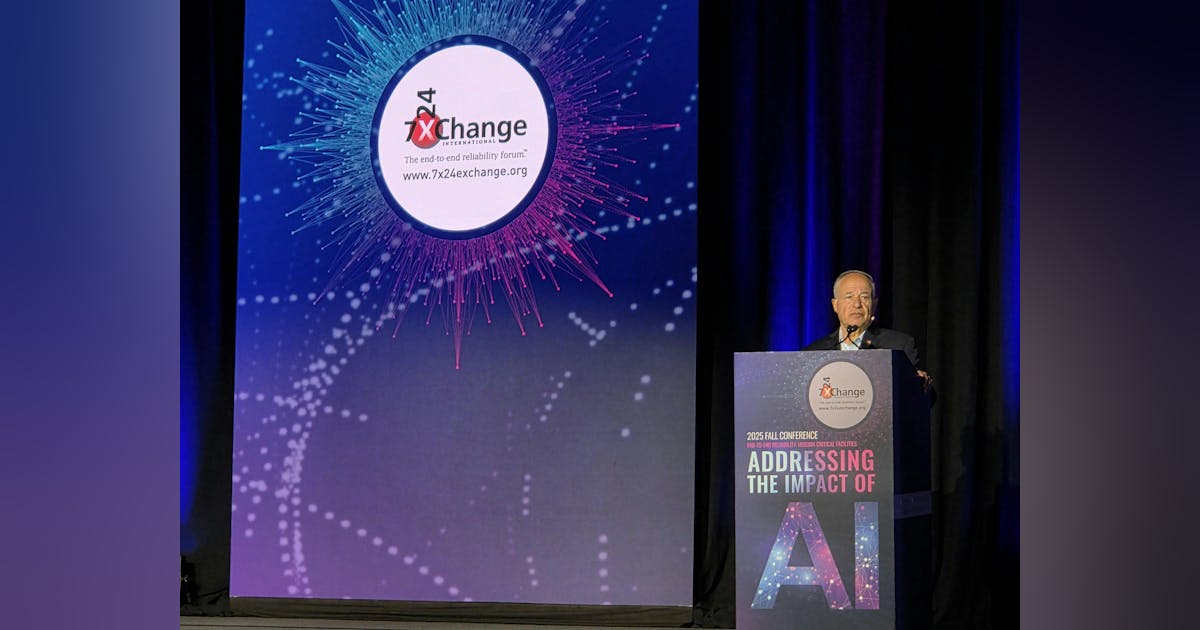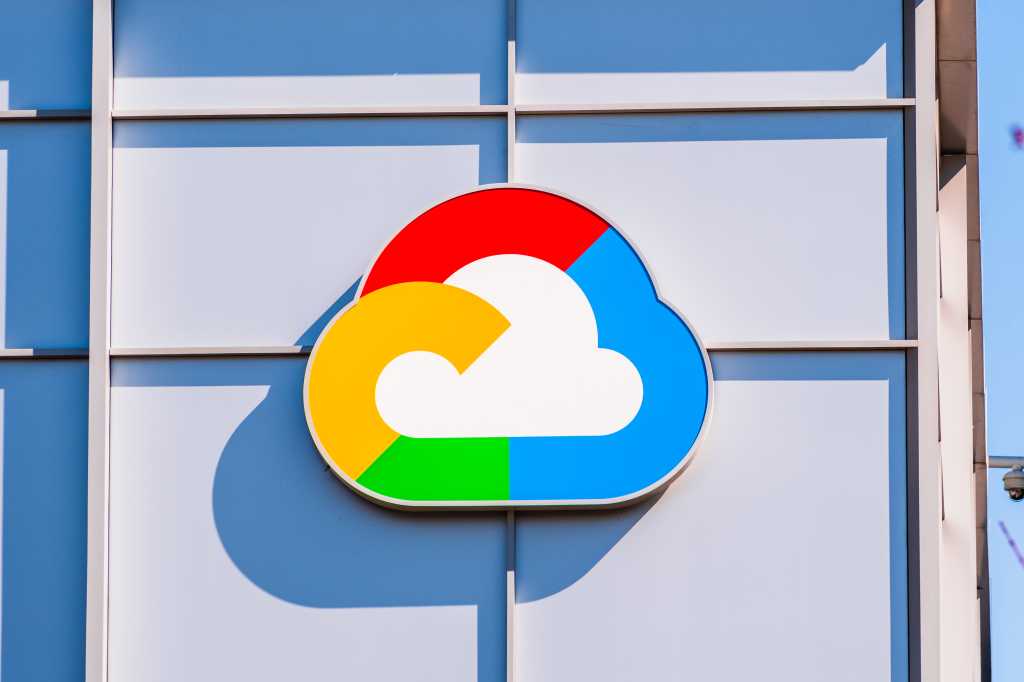
Uniper SE has reported EUR 44.83 billion ($51.89 billion) in sales for the first nine months of 2025, down from EUR 48.26 billion for January-September 2024 partly due to a portfolio decrease from asset sales.
Net profit adjusted for nonrecurring items for the first three quarters of 2025 was EUR 268 million, compared to EUR 1.32 billion for the same period last year. Earnings per share for January-September 2025 landed at EUR 1.35, down from EUR 1.92, the German power and gas utility reported on its website.
Before adjustment, net income was EUR 568 million, down from EUR 841 million year-on-year.
Adjusted EBITDA for January-September 2025 totaled EUR 641 million, compared to EUR 2.18 billion for the 2024 comparable period. Adjusted EBIT came at EUR 235 million, compared to EUR 1.72 billion for January-September 2024.
Green Generation adjusted EBITDA fell year-over-year from EUR 738 million to EUR 540 million. “The price level in northern Sweden remains lower than in the prior-year period, mainly because of high reservoir levels in the first half of 2025”, offsetting a higher power output in the country, Uniper said.
The shutdown of the Oskarshamn 3 nuclear power station from the start of the second quarter of 2025 also “adversely affected earnings” from Sweden, Uniper said. The plant was restarted up November 2, it said.
“Earnings at Uniper’s hydropower business in Germany were slightly lower, too. Pumped-storage power plants’ contribution to earnings was smaller, whereas that of run-of-river power plants, which benefited from more favorable market conditions, was larger”, Uniper added.
Flexible Generation adjusted EBITDA dropped from EUR 1.06 billion to EUR 459 million. “Adverse factors included a decline in earnings on hedging transactions on the fossil trading margin and a smaller generation portfolio”, Uniper said. “The latter especially reflects the decommissioning of Ratcliffe power plant in the United Kingdom and Heyden 4 in Germany, the sale of Gonyu gas-fired power plant in Hungary due to EU remedies as well as the end of commercial operations of Staudinger 5 and Scholven B and C power plants in Germany and their transfer to grid reserve”.
Green Commodities adjusted EBITDA landed at negative EUR 196 million, compared to EUR 699 million for January-September 2024. “Profitable optimization activities in the gas portfolio recorded in the past had a negative impact on the current financial year”, Uniper said. “In addition, Uniper generated no additional income on replacement procurement for undelivered Russian gas”.
Last week Uniper said it had completed the sale of a district heating network serving over 14,400 customers in Germany’s Ruhr area as part of a divestment package required by the European Commission in approving Uniper’s bailout by the German government late 2022.
“Despite repaying EUR 2,551 million to the Federal Republic of Germany in March, Uniper had an economic net cash position of EUR 3,319 million at the end of the first nine months of 2025”, Uniper said. “The Federal Republic of Germany’s reimbursement claims stemming from its financial stabilization of Uniper in 2022 are fully settled now”.
To contact the author, email [email protected]
What do you think? We’d love to hear from you, join the conversation on the
Rigzone Energy Network.
The Rigzone Energy Network is a new social experience created for you and all energy professionals to Speak Up about our industry, share knowledge, connect with peers and industry insiders and engage in a professional community that will empower your career in energy.
MORE FROM THIS AUTHOR


